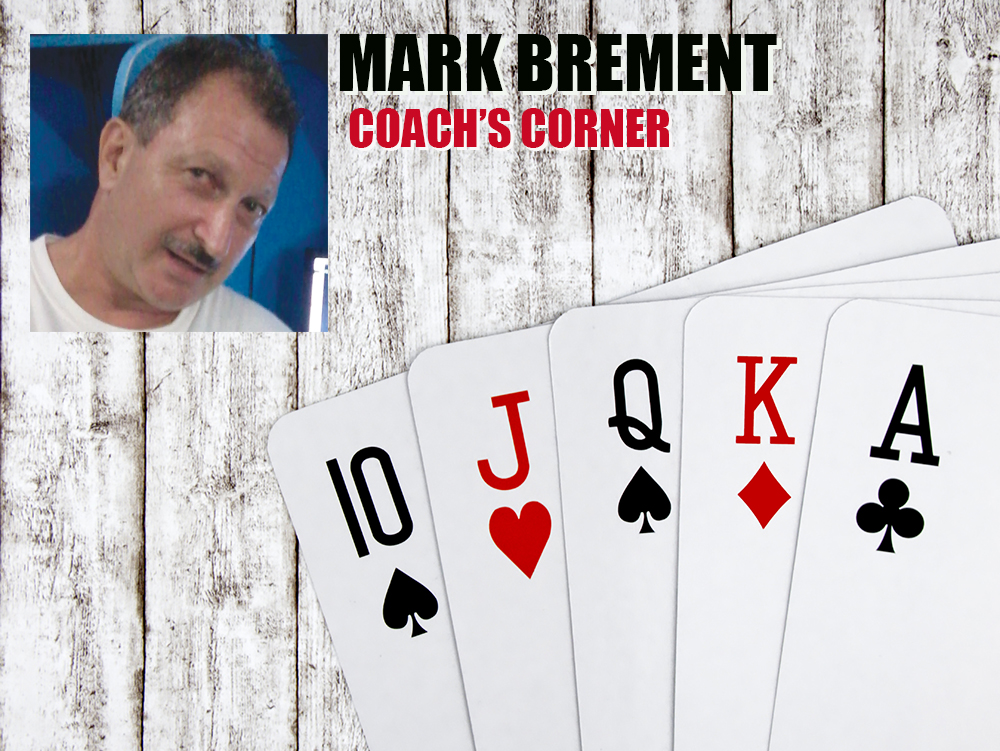I taught poker at the local community college for more than five years. My motto was “A lifetime hobby of fun and profit, but don’t quit your day job.”
The course description for the expert class indicated the prospective student should email me. Invariably, I convinced the player that despite his proficiency, he should take my beginners class. They always asked why. “Fundamentals, fundamentals, fundamentals,” I said. “You will not regret it.”
My batting average with this advice was a sound 100 percent as every student thanked me for the winning tip. (The beginners class was more likely to plug a leak.) The expert class veered toward the intangibles, which has been the subject in my past several columns, and I’ll continue that this month with bankroll intangibles (as opposed to bankroll management).
Why is going pro such a difficult endeavor? The answer usually involves off-the-table intangibles that fall under the category of habits. Strong habits are tantamount to becoming a pro.
Let’s talk about gauging our ability, foggy-brain syndrome (often referred to as tilt), misery index and pain threshold and poker and family.
Imagine we logged every hour for a year with more than 800 hours of play at the $2-$5 game. It’s only 800 hours because we have a job and a family. We’re earning more than $30 per hour. We take this to our spouse and state our confidence that we can turn a 60-hour poker week into about $2K. Furthermore, we have the bankroll requirements to handle normal fluctuations and variance. How can you go wrong?
A player who has a job owns what I call a “replenishing bankroll.” Understanding the importance of this cannot be underestimated. Our brains are built to absorb poker losses. For example, we might cut back on a luxury expense during an off week. On the other hand, when our superior poker ability is not paying dividends because of natural fluctuations and variance, our brains turn a murky muddy brown. This is not the case when a player knows his money will be replenished. Get it? Tilt happens. Decisions change. Oxygen in the brain is increased.
An example: Miguel, who just turned pro, decides to play longer in this session. Before, when he had a day job, he left after four hours. Now, he’s playing an eight-hour shift. Things have not gone his way. He decides to stay, turning his eight hours into 12. He gets back to even and quits. Presto! We have a new leak, a bad habit that will grind away at his profit center. Miguel is, slowly but surely, losing his discipline. A form of tilt that is hard to detect. Pick up next month’s issue for Part II.
— Mark Brement has spent 15 years teaching and coaching all facets of poker, including at Pima CC. Email him at brementmark@gmail.com.




